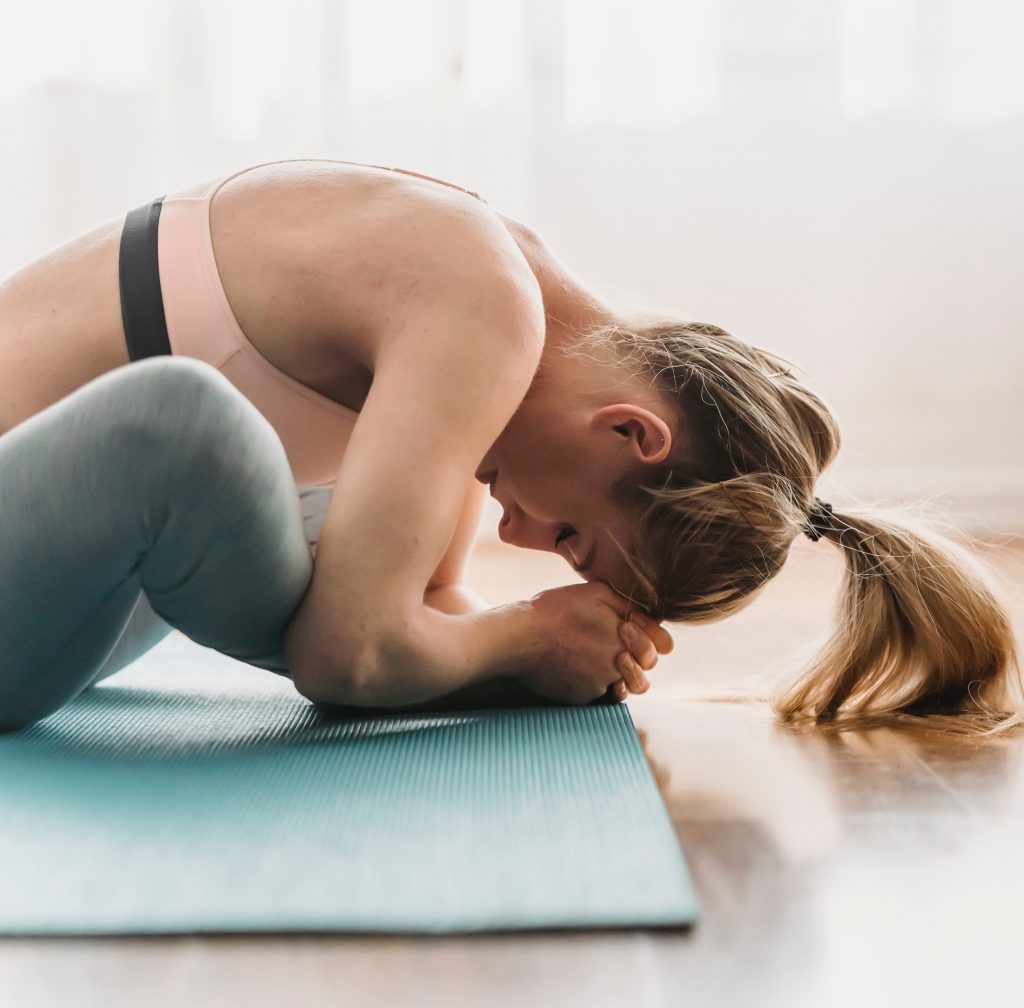With over 18 years of attending yoga classes I have always been drawn to a Pranayama class but never fully understood the power our breath held on our overall well being. After completing a breath-work teacher training course, I have become more aware of my own breath during the course of the day, and the importance in breathing functionally & efficiently for optimal health.
We breathe approximately 30,000 breath a day, our breath is our number one energy supply, but so many of us are breathing inadequately. We are naturally born functional breathers but after the age of 5 we lose it and start to develop dysfunctional breathing patterns. This can be caused by a number of factors, such as our busy lifestyle, stress, posture, extended time on the screen and the lack of awareness on the right way to breathe.
Since our body takes care of our breathing automatically, you would think it would be breathing in a way that’s best for us. Unfortunately, that’s not necessarily the case and when we breathe dysfunctionally, we unconsciously stimulate our sympathetic nervous system throughout the day. This signals to our bodies that it is in ‘fight or flight’ mode. This has a number of effects on our body, including anxiety, stress, poor sleep, depression, respiratory diseases, digestive issues and more.
The way we breath,
where we breath from,
and our respiratory rate
all play a large part in our overall health and wellbeing.
Let’s take a look at how to functionally breathe and re-train our brains to do so. There are 3 steps we can do to work towards a functional breath.
STEP 1: BREATH AWARENESS
The first step is to become fully aware of our breath and notice our natural breathing pattern. In order to do this you can practice this exercise. Place one hand on the top of your chest and one on your belly. For one minute begin to turn your attention inward and feel your breath. Notice where you are breathing from, do you feel it more on the upper chest (feeling the shoulders slightly rising with every inhale) or are you feeling the breath more on your lower hand (your belly rising and falling as you breathe in and out). Notice if you feel the breath coming in and out through your nose or through your mouth. Become fully aware of your own breathing pattern and without altering or changing your breath count the number of breaths you take per minute.
STEP 2: NOSE BREATHING
The nose is for breathing and the mouth is for eating. There are many benefits in nose breathing rather than mouth breathing. The primary reason is our nose filters out dust and allergens before it enters our lungs and can boost oxygen uptake. During nasal breathing, nitric oxide is produced which is a natural anti-viral, anti-bacterial and anti-fungal agent. This plays an important role in strengthening the body’s immune system. In contrast, when we breathe through our mouth we bypass the body’s first line of defence, it dehydrates the body and can lead to anxiety, migraines and sleep disorders.

STEP 3: DIAPHRAGMATIC BREATHING
In step 1, the breath awareness exercise, if you noticed your shoulders moving up and your body elongating as you took an inhale then you were probably breathing from your upper chest also known as a vertical breath, which only allows air to enter the top of the lungs. In order to move towards a functional breath we need to do diaphragmatic breathing (belly breathing) – using the diaphragm to ensure an optimal amount of air is entering our lungs and that we are utilising our lung capacity. This is also known as horizontal breathing, as you inhale your belly moves outwards and you feel your lungs expanding and drawing oxygen all the way down into the bottom of your lungs. As you exhale your belly and your rib cage contracts. When we engage in diaphragmatic breathing we activate our parasympathetic nervous system which is responsible for calming the body and mind as opposed to our sympathetic nervous system when we breathe from our chest.
STEP 4: SUBTLE BREATHING
Less is more. An average healthy adult has between 10-15 breaths per minute, we want to make each breath subtle, soft and not too big in volume. When we breathe excessively or too deeply, we exhale too much carbon dioxide, and interestingly enough carbon dioxide is not just a waste gas when we exhale. It is the key component that allows the release of oxygen from the red blood cells to the rest of the body. Subtle breathing keeps everything balanced and creates a feeling of calm alertness and increased awareness.
When we practice these 4 steps regularly, on and off the yoga mat, we can change our breathing pattern for optimal health and wellbeing. Functional breathing can help activate the parasympathetic nervous system, improves overall health and the digestive system, balances the PH in our body, and oxygenates the body. So, the next time you inhale & exhale notice if you’re doing it functionally!

















 Other
Other